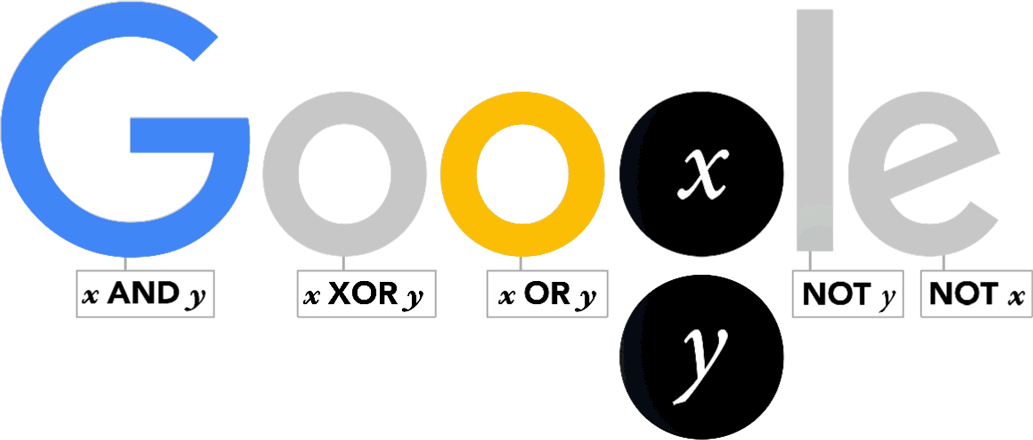- Southern Peanut Growers, representing southeastern peanut farmers, started the celebration as Peanut Butter Lovers Day on November 4, 1990. November 4 marks the anniversary of the first patent for peanut butter, applied for by Dr. John Harvey Kellogg on November 4, 1895.
- Eating peanuts and peanut butter helps control hunger without leading to weight gain.
- Studies found peanuts lowered the risk of cardiovascular and coronary heart disease.
- Eating peanuts and peanut butter may reduce colon cancer in women.
- A study found that those getting the most niacin from foods were 70 percent less likely to develop Alzheimer’s disease. Peanuts are one of the foods highest in niacin.
- In two studies, individuals eating five or more servings of nuts per week had a 25 percent to 30 percent lower risk of getting gallstones compared to those who rarely or never ate nuts.
- Although peanuts are technically classified as a legume, they were considered nuts for these experiments, so peanuts are actually the most commonly consumed ‘nut’ in the world.
- All of the fat in peanut butter is heart-healthy monounsaturated fat. A study found that insulin-resistant adults who ate a diet high in mono-saturated fat had less belly fat than people who ate more carbohydrates or saturated fat.
- Eating peanuts can reduce the risk of diabetes according to a study published in the Journal of the American Medical Association.
- Peanut butter has protein as well as potassium — which lowers the risk of high blood pressure, stroke and heart disease. It also contains fiber for your bowel health, healthy fats, magnesium to fortify your bones and muscles, Vitamin E and antioxidants.
- Peanuts are susceptible to molds and fungus — some of which are highly toxic. A fungus called Aspergillus flavus produces a carcinogen that is twenty times more toxic than DDT, called aflatoxin.
- Feed your dogs peanut butter. The vitamins E and H (Biotin) in peanut butter can help to improve your dog's coat, dog skin, and nail strength. However, it is better to make your own and avoid feeding your dog high salt levels in commercial brands. Also, don't feed it to overweight dogs, as it is calorie-laden. Use little dollops of peanut butter to help your dogs swallow their pills. Warning: Some dogs may be allergic to peanut butter. Make sure your dog won't have allergic reactions before feeding him or her the peanut butter. Some people are amused by the mess dogs make when fed peanut butter because they can't get it off their mouths easily. This can be upsetting for the dog, so only feed it small amounts at a time.
Sources:
http://nationalpeanutboard.org/the-facts/fun-facts/
http://www.wikihow.com/Celebrate-Peanut-Butter-Lovers-Month
http://peanutbutterlovers.com/uncategorized/november-peanut-butter-lovers-month/
http://www.punchbowl.com/holidays/national-peanut-butter-lovers-day
http://www.seriouseats.com/2010/11/november-is-peanut-butter-lovers-month.html
http://www.care2.com/greenliving/8-health-benefits-of-peanut-butter.html
http://www.peanut-institute.org/health-and-nutrition/default.asp
http://nationalpeanutboard.org/the-facts/fun-facts/


